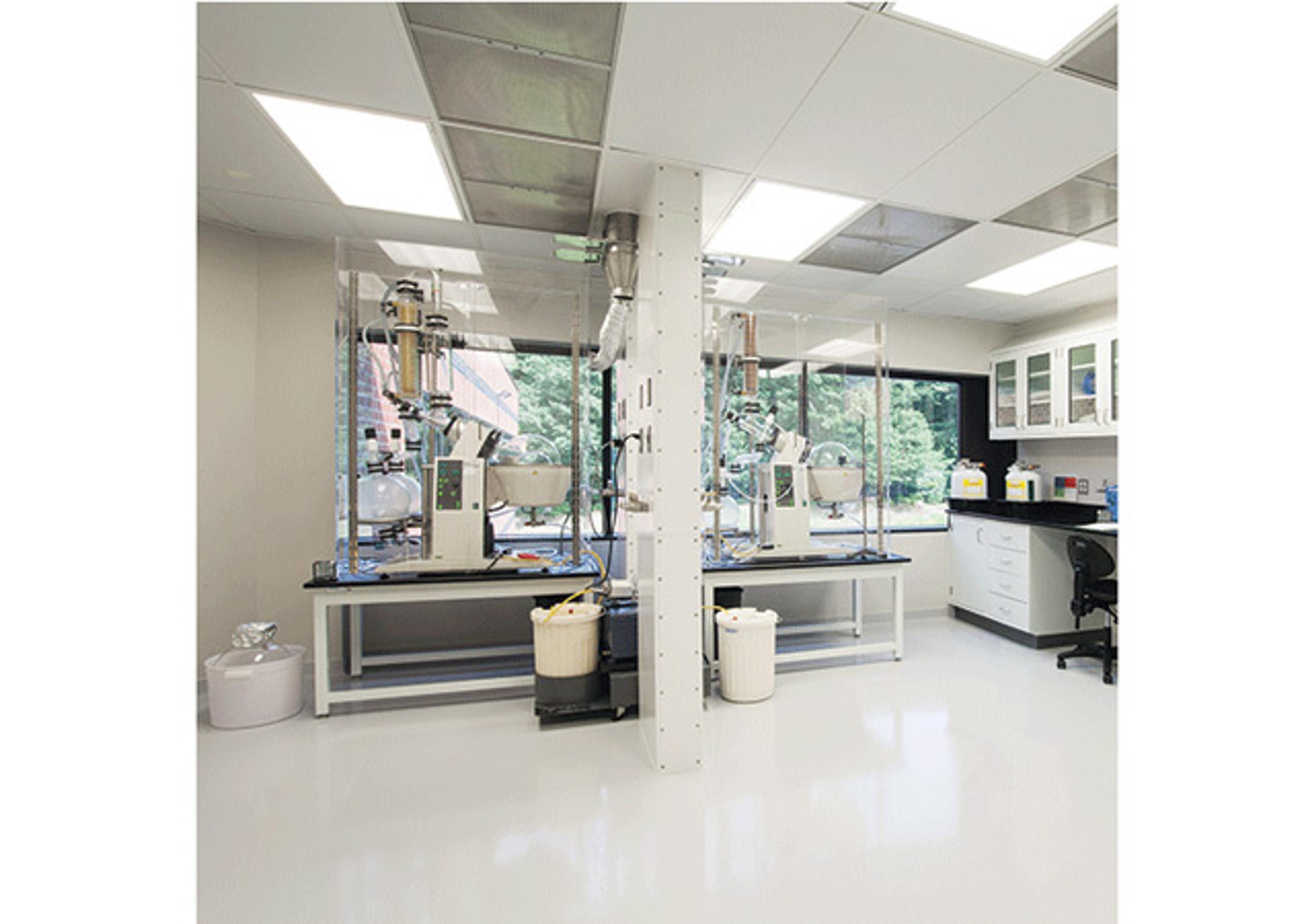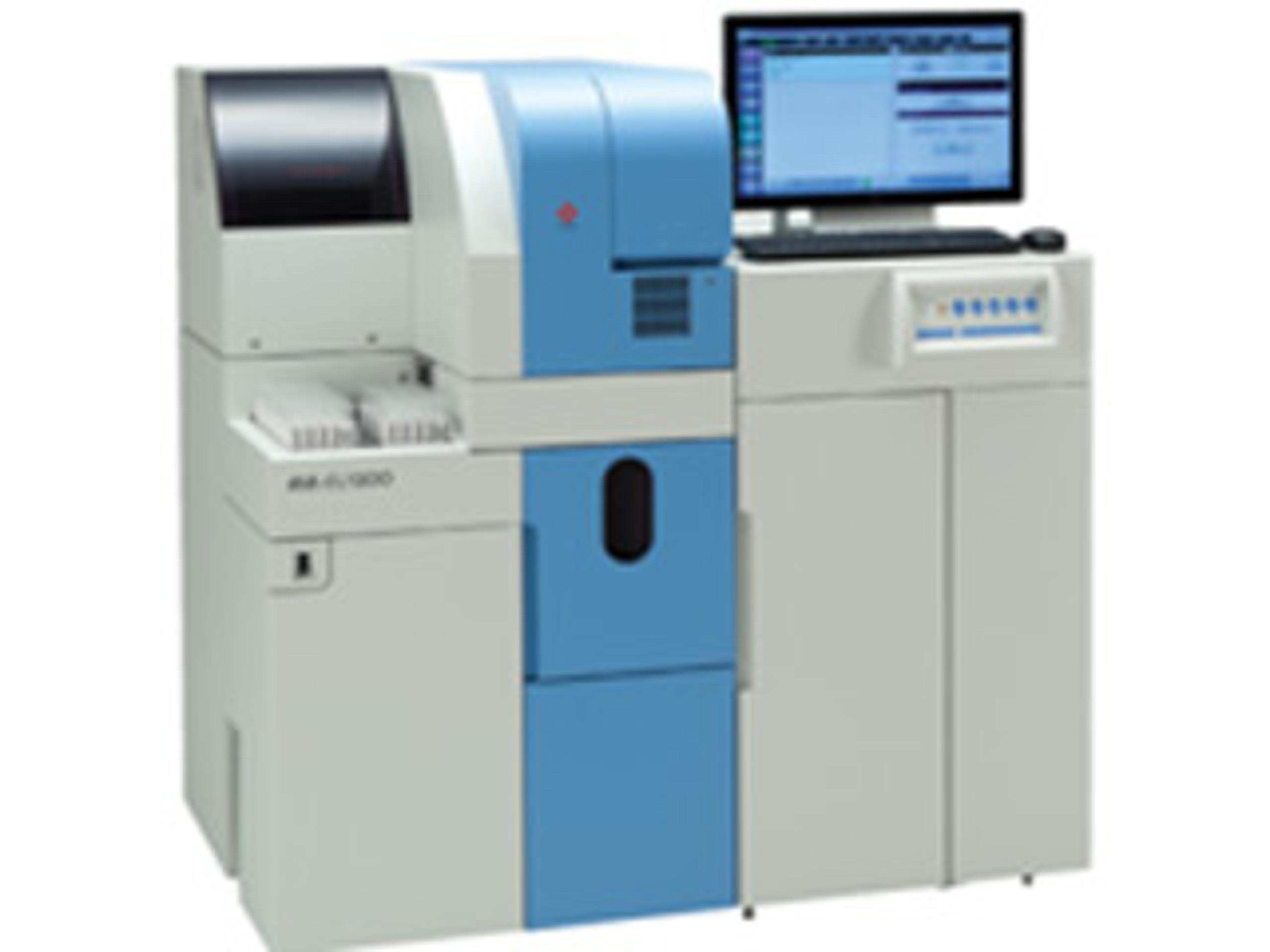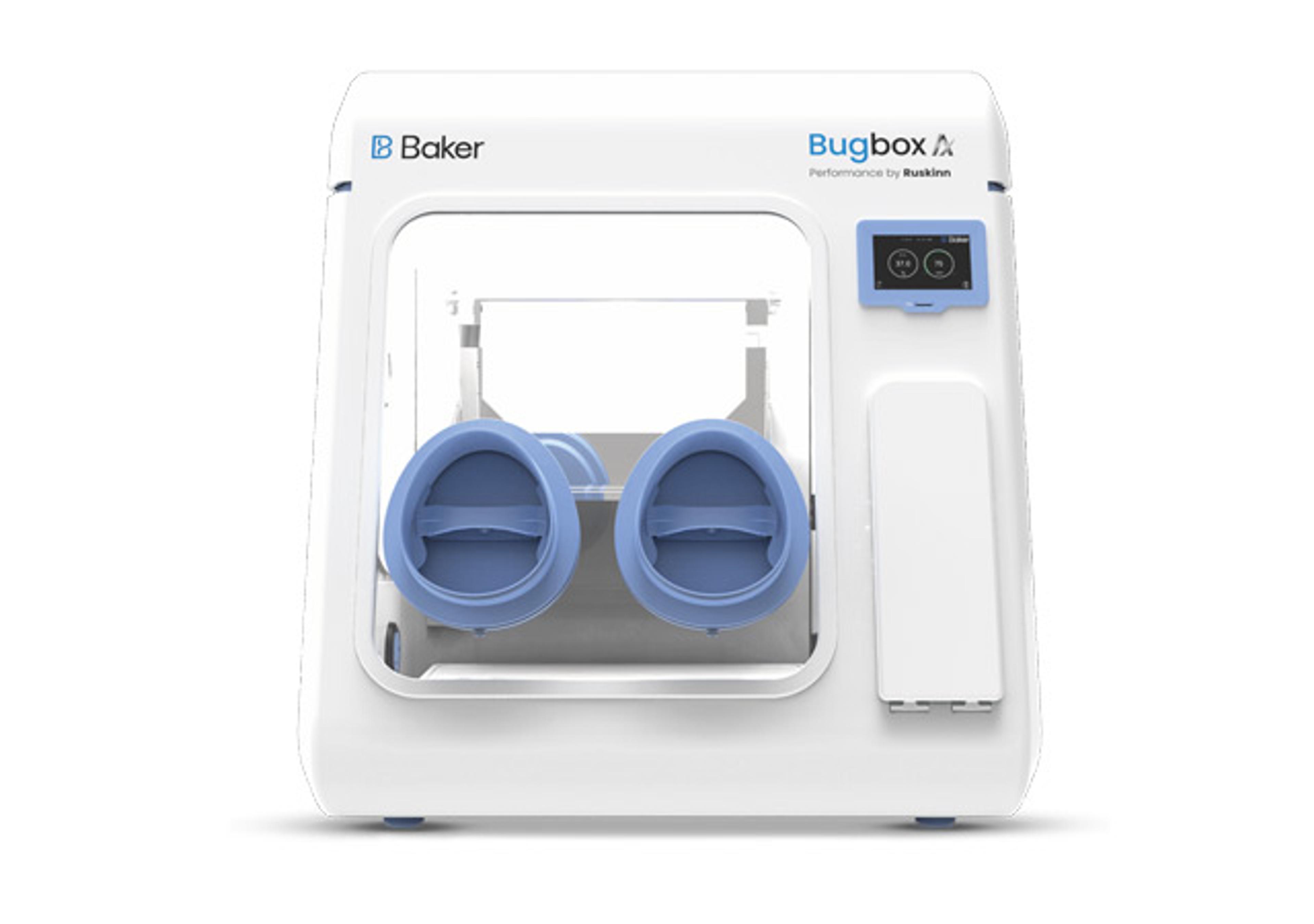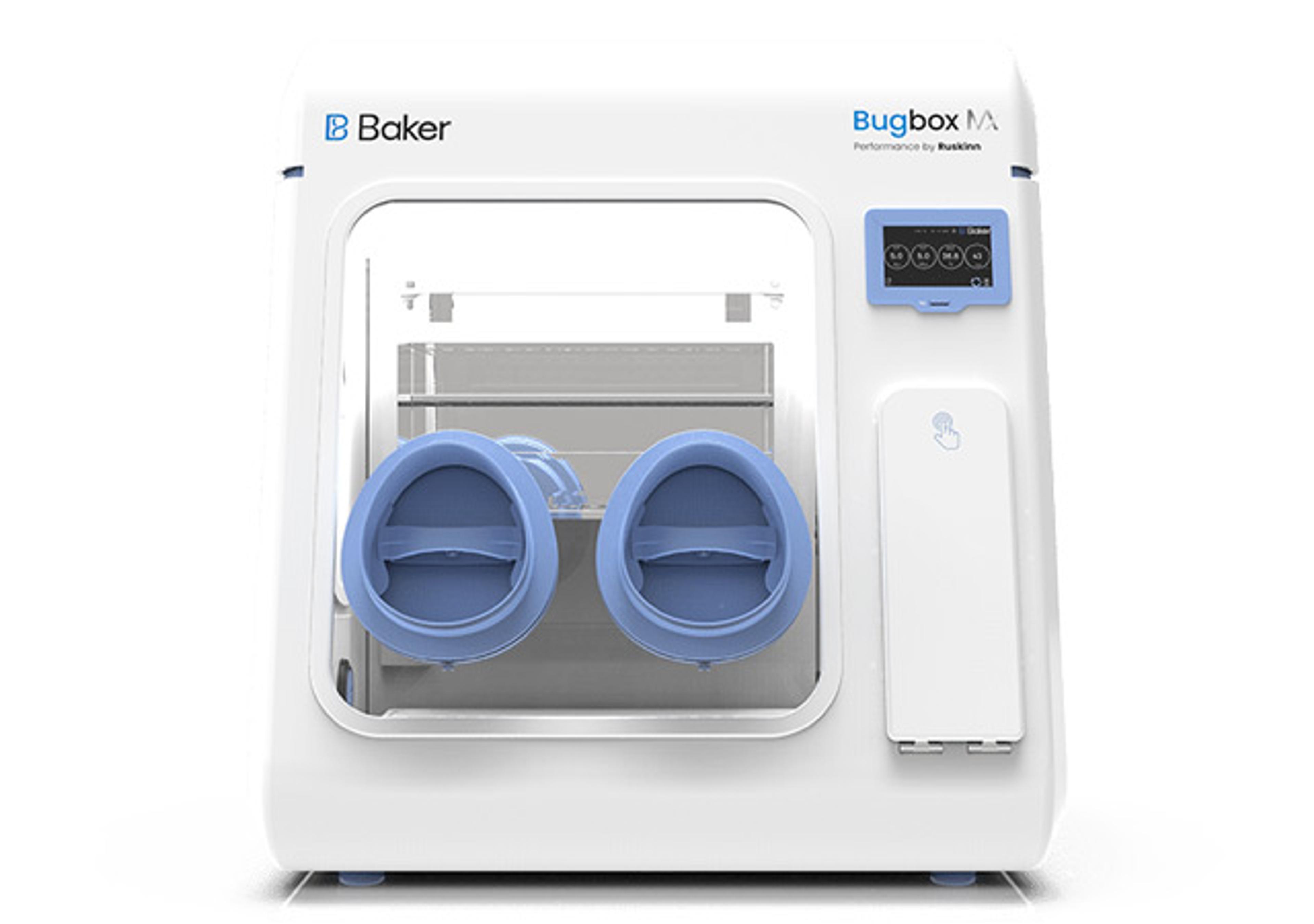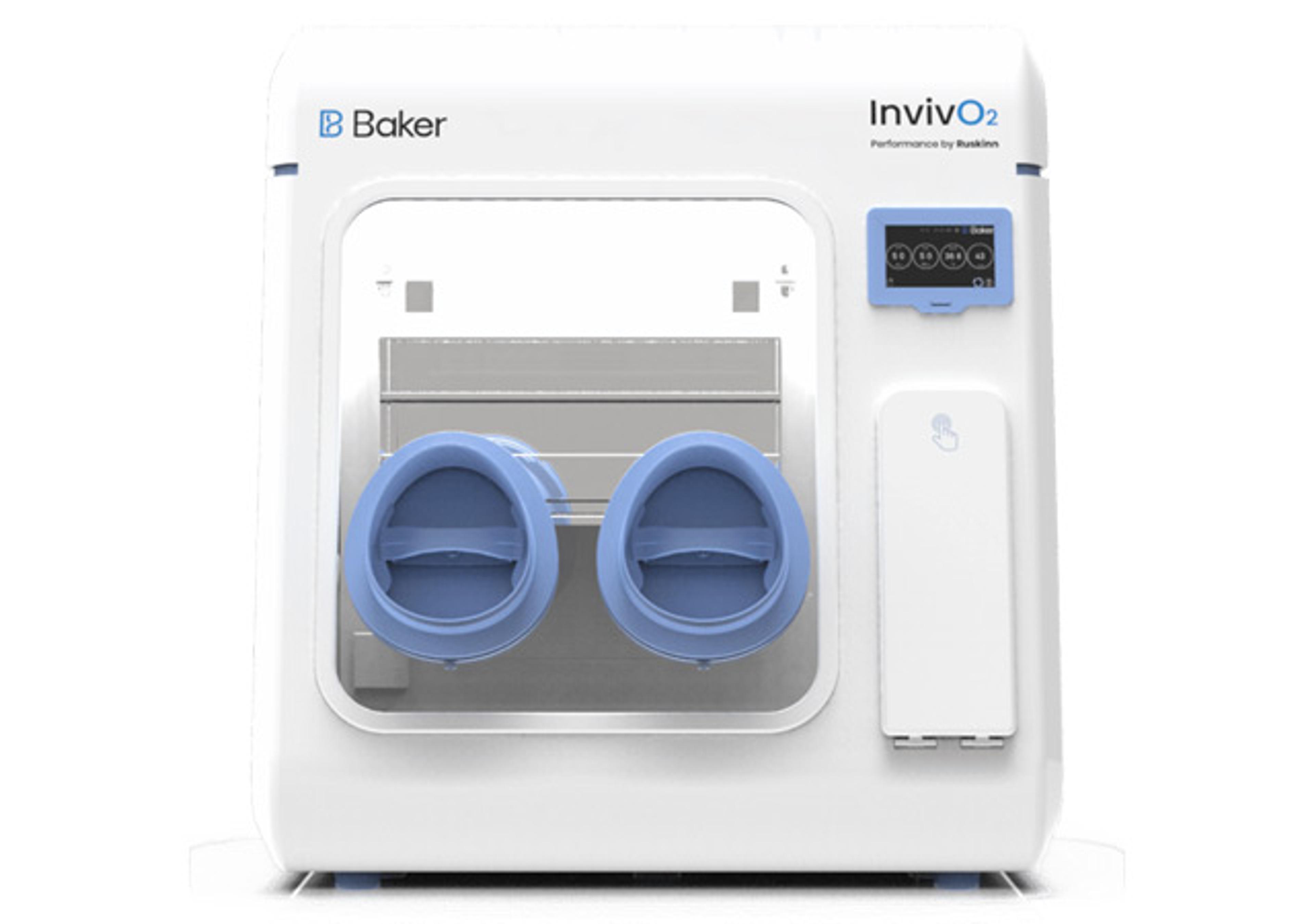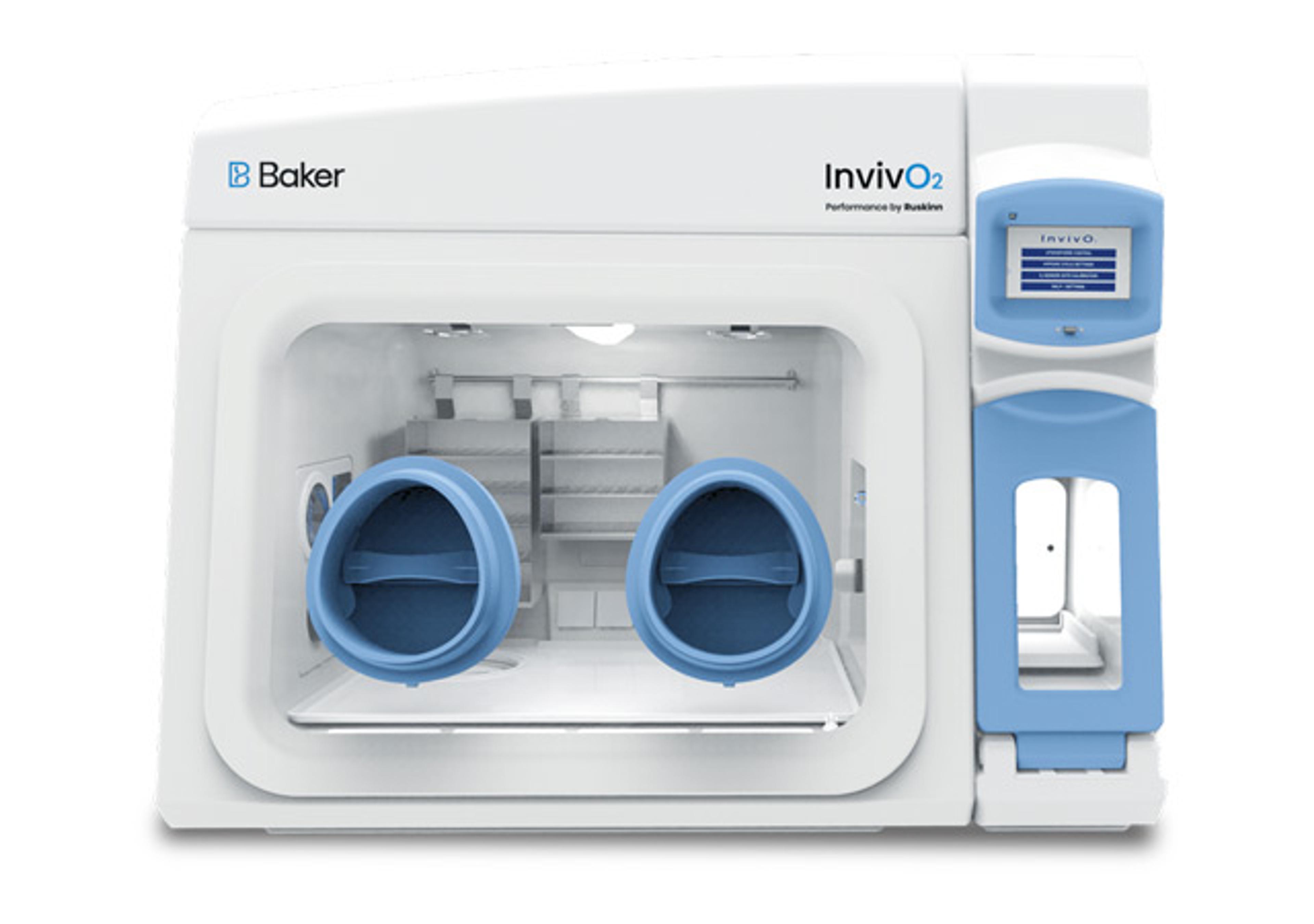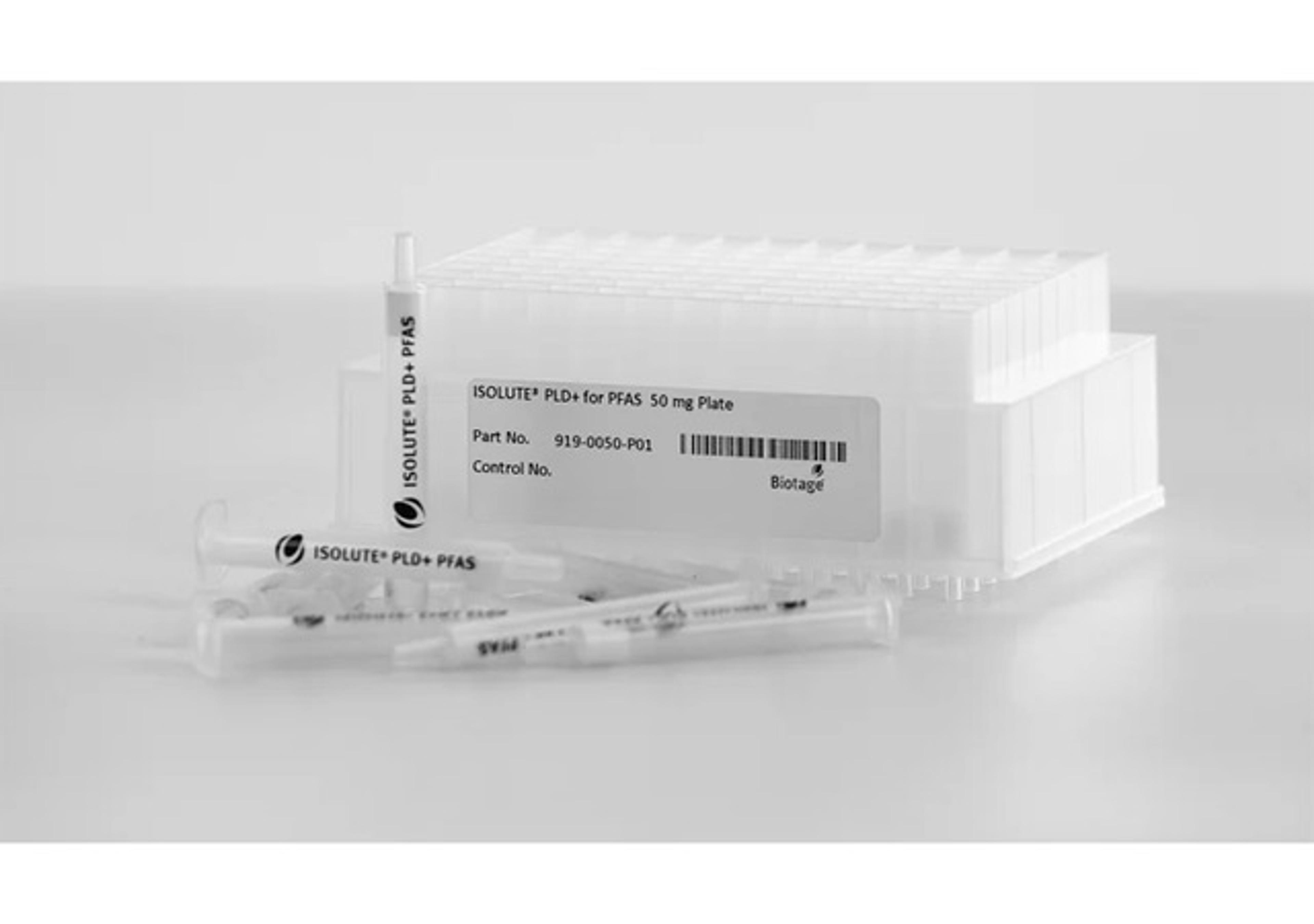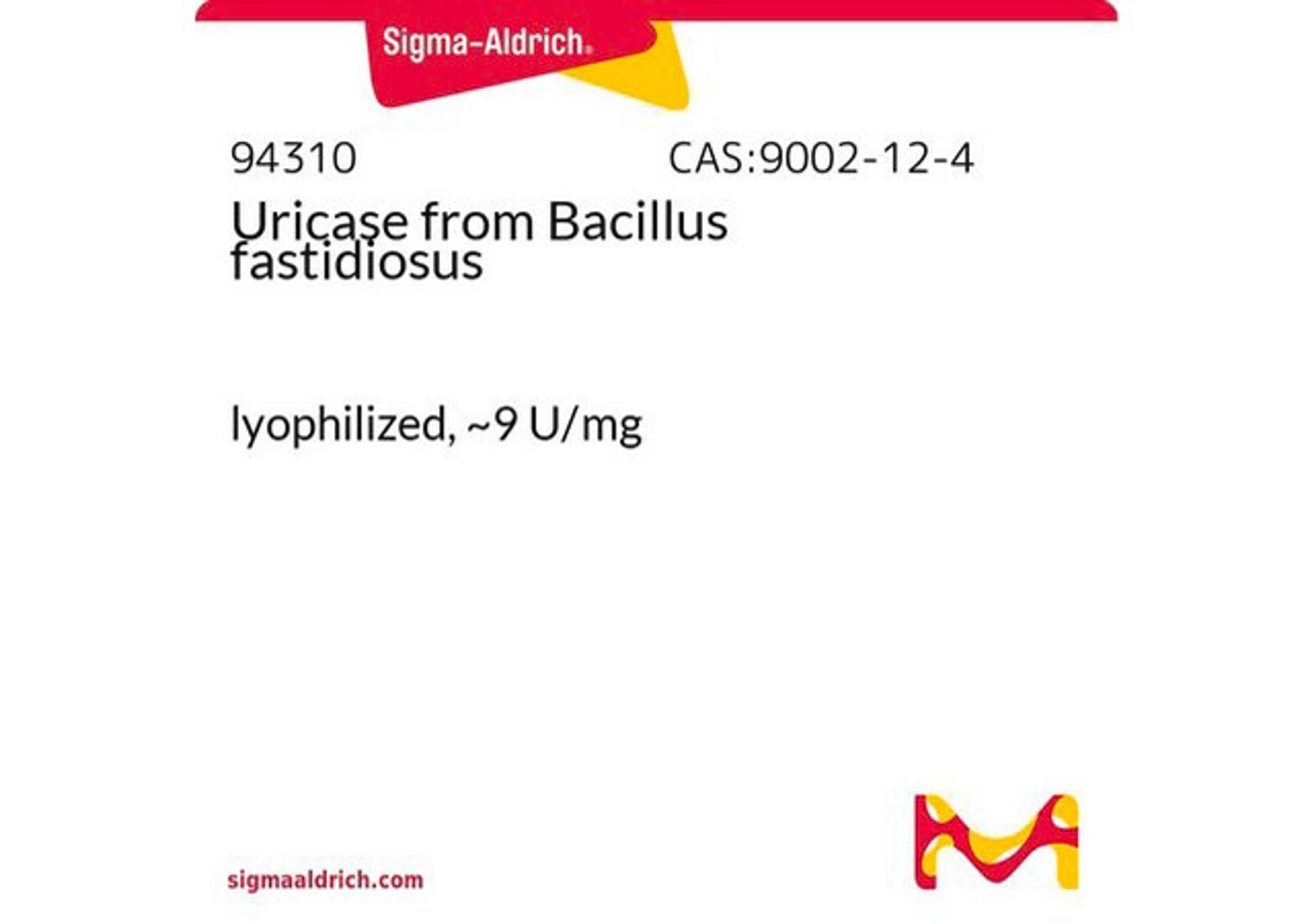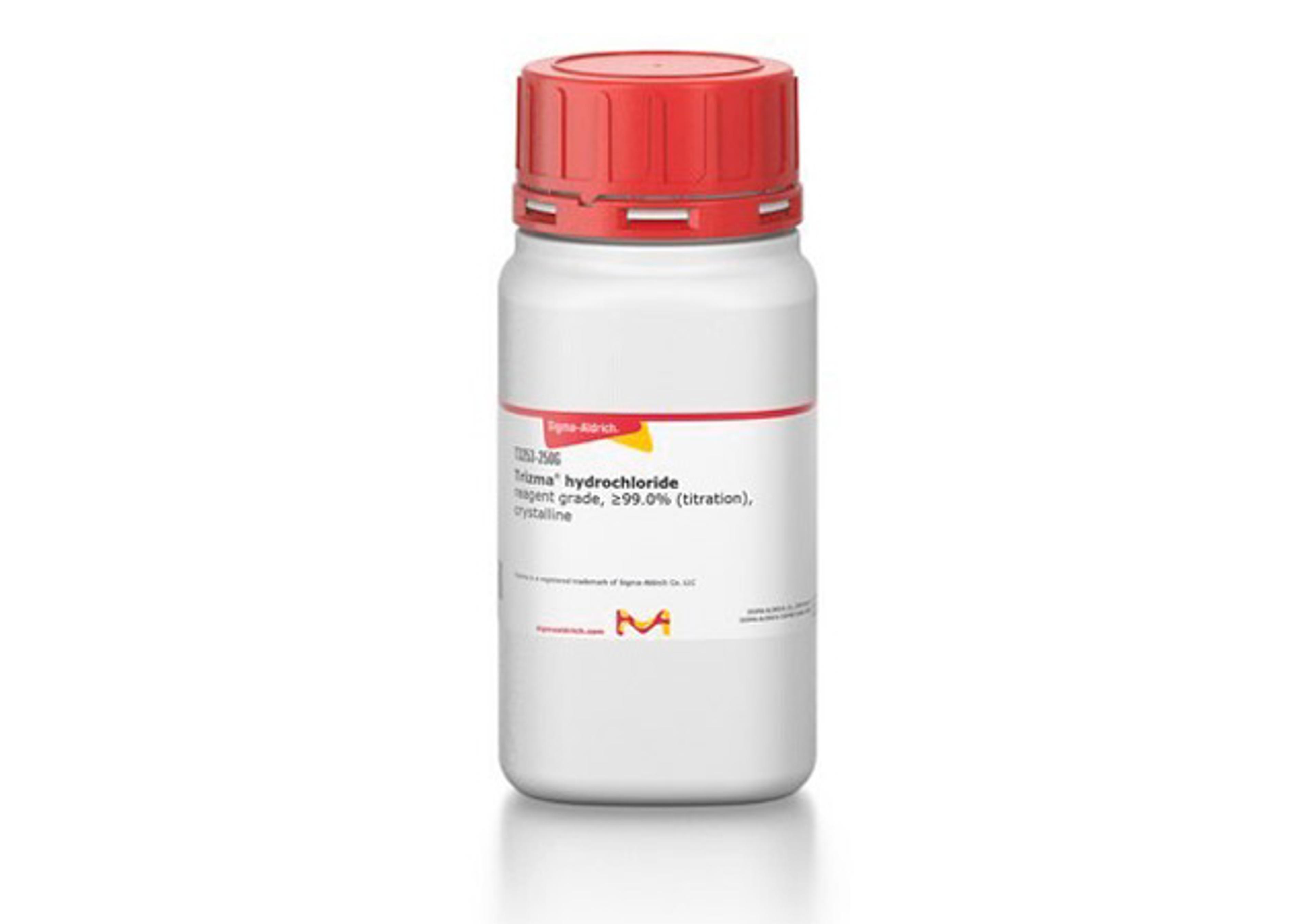MAX-BAX
Congenic Strain Production Congenic strains are widely used in biomedical research because they reduce genetic variability and provide insight into the contribution of genetic background to phenotype. Congenic strains are identical at all genetic loci except for one; that differing locus is usually the transgene or knock-out region of interest. Utilizing traditional, random backcrossing methods, it takes 10 generations (upw…

The supplier does not provide quotations for this product through SelectScience. You can search for similar products in our Product Directory.
Great for speed backcrossing.
Genomic analysis - colony management
Great service with occasional slow turnaround time. Excellent for speed backcrossing.
Review Date: 14 Jun 2020 | Charles River
Congenic Strain Production
Congenic strains are widely used in biomedical research because they reduce genetic variability and provide insight into the contribution of genetic background to phenotype. Congenic strains are identical at all genetic loci except for one; that differing locus is usually the transgene or knock-out region of interest. Utilizing traditional, random backcrossing methods, it takes 10 generations (upwards of 2.5 years) to produce a congenic strain. By selectively breeding individuals containing more of the recipient genome from each generation, our speed congenics program, Marker-Assisted Accelerated Backcrossing (MAX-BAX®), can deliver a fully congenic colony in only 15 months.
Highlights
- Desired genotype achieved in fewer than 5 generations
- Custom-designed mouse 384 SNP panel for all donor and recipient strains
- Genome-wide microsatellite panels for rats, mice, and zebrafish
- All autosomes and the X chromosome covered in all panels
- Y-chromosome markers tested if needed




